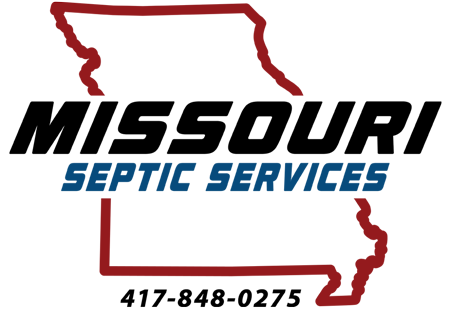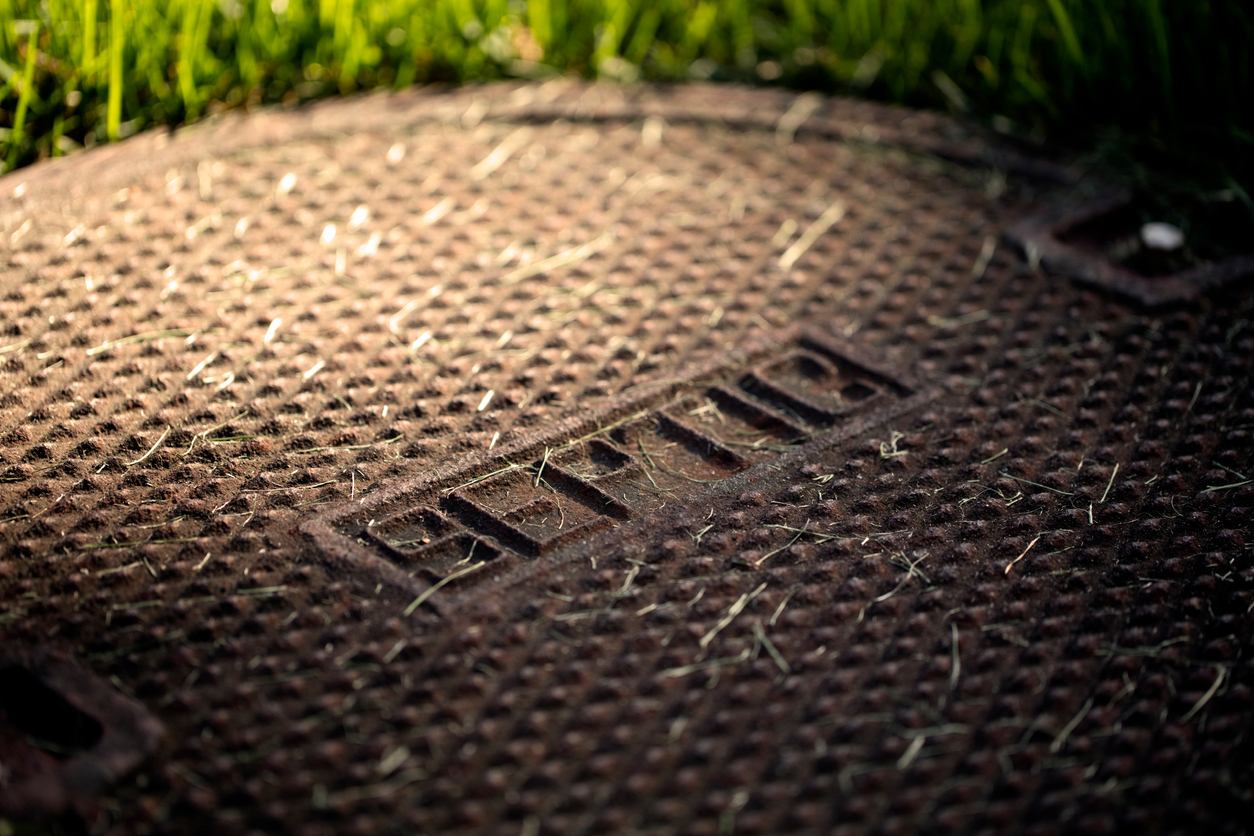Hours: Mon – Fri 7:30am – 7:30pm
Septic tanks require routine maintenance. Without it, you might have expensive damages on your hands, often between $700 and $3,000 in repairs.
But what are some of the signs that your septic tank is damaged?
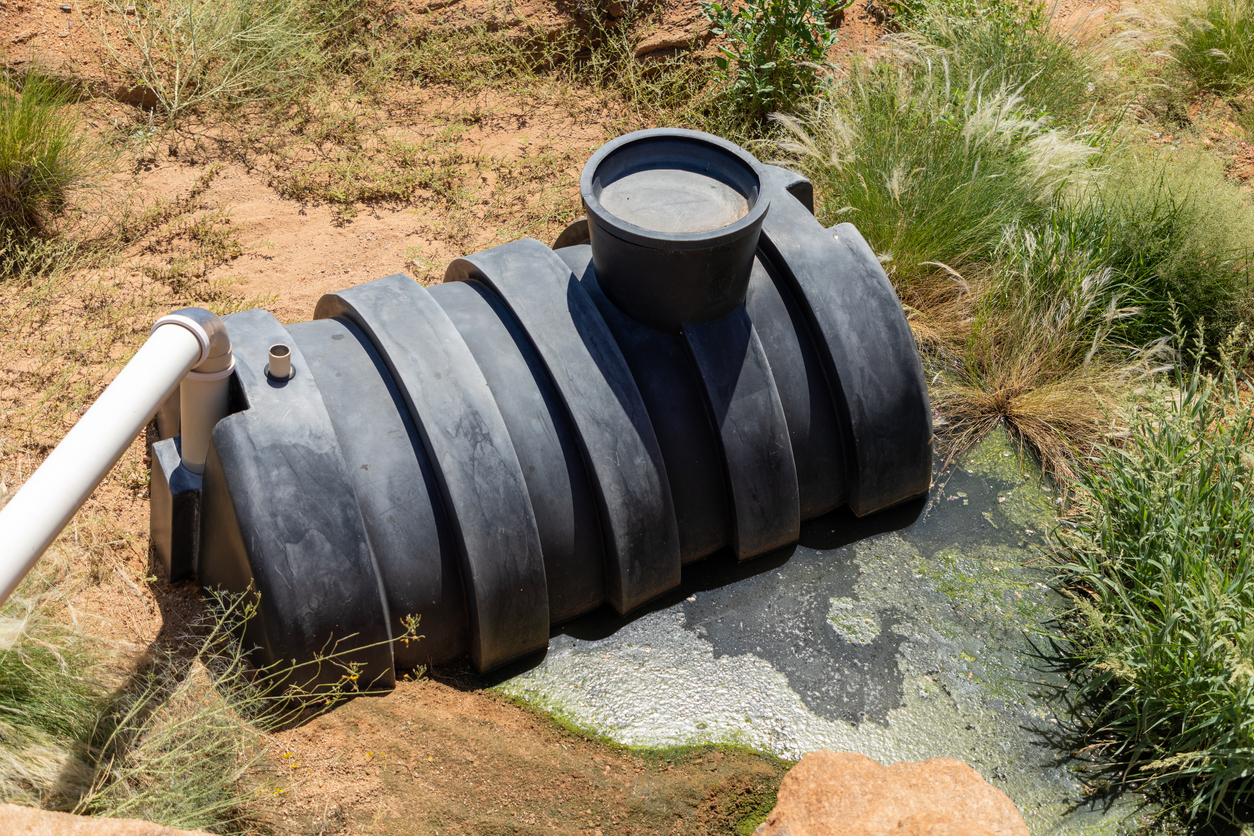
The Most Common Signs of Septic Tank Damage
• Sewage backup into the home or overflowing onto the soil
• High levels of nitrates or coliform bacteria in water wells
• Algae blooming in nearby ponds or lakes
• Bad odors near the drain field or tank
• Gurgling sounds in the plumbing system
• Slow-to-drain bathtubs and showers
How Does a Septic System Work?
To put it briefly, a septic tank system collects water from toilets and drains, separating the organic matter and the inorganic matter (oils, greases, and solids) from the wastewater.
A septic system has four main parts: the pipe, the tank, the drainfield, and the topsoil that surrounds it.
If something occurs to any of these parts, you’ll be faced with a damaged septic system.
Signs that Your Septic Tank is Damaged
1. Bad Smell
Bad odor is the easiest way to detect a malfunctioning septic system. Smells are a difficult way to know if the tank is damaged. That foul odor could be coming from the drain field.
2. Water Gathering Around the Septic Tank
If there’s a leak in the tank, the soil will dampen and compress down. Check if the water gathered around the septic tank contains loose backfill.
Keep in mind that there could be other reasons for standing water. Broken sewer lines, compressed soil from intense storms, or heavy machinery sitting on top of it for too long.
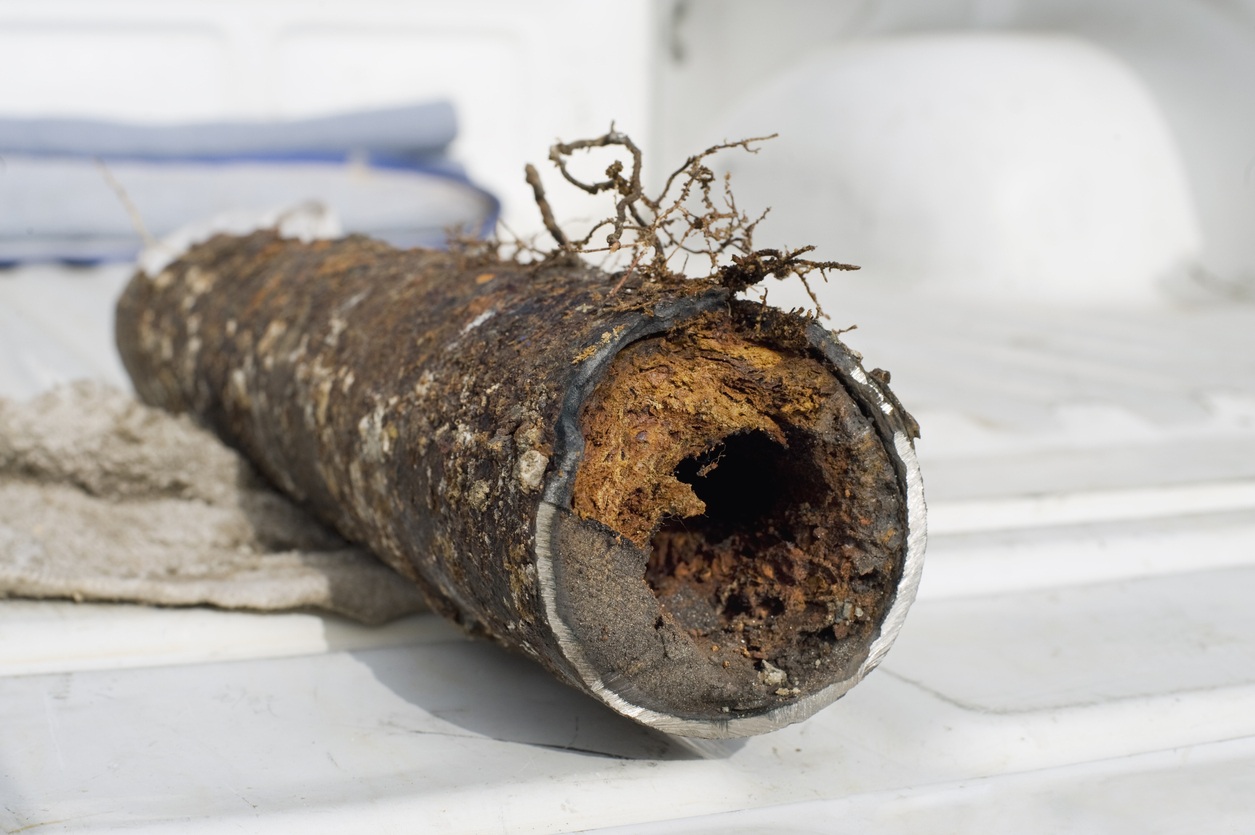
3. Soggy Yard
If sewage is coming into the yard, your septic tank needs an inspection. The reasons could be many:
1. The absorption field is too small
2. Excessive water use
3. Improper pipe slopes or tank elevation
4. Lift-station pump has failed, or float switches aren’t set correctly
4. Alarm Sounds
Newer septic systems have built-in alarms that alert you of problems. They’re often placed inside or outside of the house. You’ll either hear a beeping noise or see a flashing red light.
5. Lush Vegetation
More water leaks mean more vegetation growth. It’s a warning sign that your tank leaks it. However, it could also be a clogged drain filter or damaged pipe in the nearby area.
6. Toilet is Backing Up
If the toilet and sink are backing up or taking a long time to drain water, it’s a sign that your tank has a blockage.
It might be due to a collapsed baffle (a tank filter made of PVC pipe), a busted sewer line, or too much sludge buildup in the tank.
Key Takeaway: There are almost always signs when a septic system has a problem. If you are experiencing any of the listed symptoms, contact a septic specialist immediately to avoid further damages.



Common Causes Behind Septic Tank Failures
Poor System Design
Sometimes, tanks are designed, fitted, or sized improperly. If the pipes’ slope is too shallow or too wide, wastewater won’t flow appropriately. Drainage pipes usually require a 1 to 2% slope.
Damaged Pipes
Tree roots and freezes are the most common ways that pipes get damaged. Flushing certain things down the toilet can sometimes lead to clogged or damaged pipes through the drainfield.
Cleaning Chemicals are Poisoning the Tank
Chemical cleaners, when thrown down the drain, enter the tank and disrupt the natural bacteria that it depends on to break down solid waste.
Even pet waste contains bacteria that can throw off the septic system’s bacteria balance. So be careful when disposing of it in the drain or toilet.
Neglecting Maintenance
As wastewater moves through the tank, non-biodegradable waste collects at the bottom, causing the sludge level to rise.
According to the EPA, it’s recommended that septic tanks be pumped every 3 to 5 years to maintain healthy functionality.
The frequency depends on how many people in the household are using the water and the tank size.
Clogged Filters, Pipes, or Baffles
Clogged filters and pipes impede your septic tank’s performance and lead to long-term damage, especially if left unchecked.
Thankfully, clearing a clogged pipe is often as simple as getting a professional to snake the line.
The inlet baffle guides wastewater in a long path across the septic tank. If it’s blocked, you can unclog it by using a pole. Be careful not to damage surrounding system components. Hiring a professional offers you a low-cost alternative to a DIY fix.
The outlet baffle has a similar function. But if it’s clogged, you’ll need to get a professional to pump the system, identify the source of the clog, and remove it.
Key Takeaway: Maintaining your septic system is essential to avoid expensive problems such as clogs and backups. Regularly pumping out the tank every three years and yearly inspections to identify potential issues can save you time and money in the long run. Please don’t neglect your septic system and let it slip from your memory.
Consequences of a Broken Septic System
A broken septic system is something you want to avoid at all costs. In fact, it’s why regular maintenance and pump flushes are so important.
A damaged septic tank can cause surface water pollution, environmental concerns, and even disease outbreaks.
The leakage from your cracked septic tank will cause the soil to dissipate. You’ll see a visible dip in the lawn right above where the main sewer line runs.
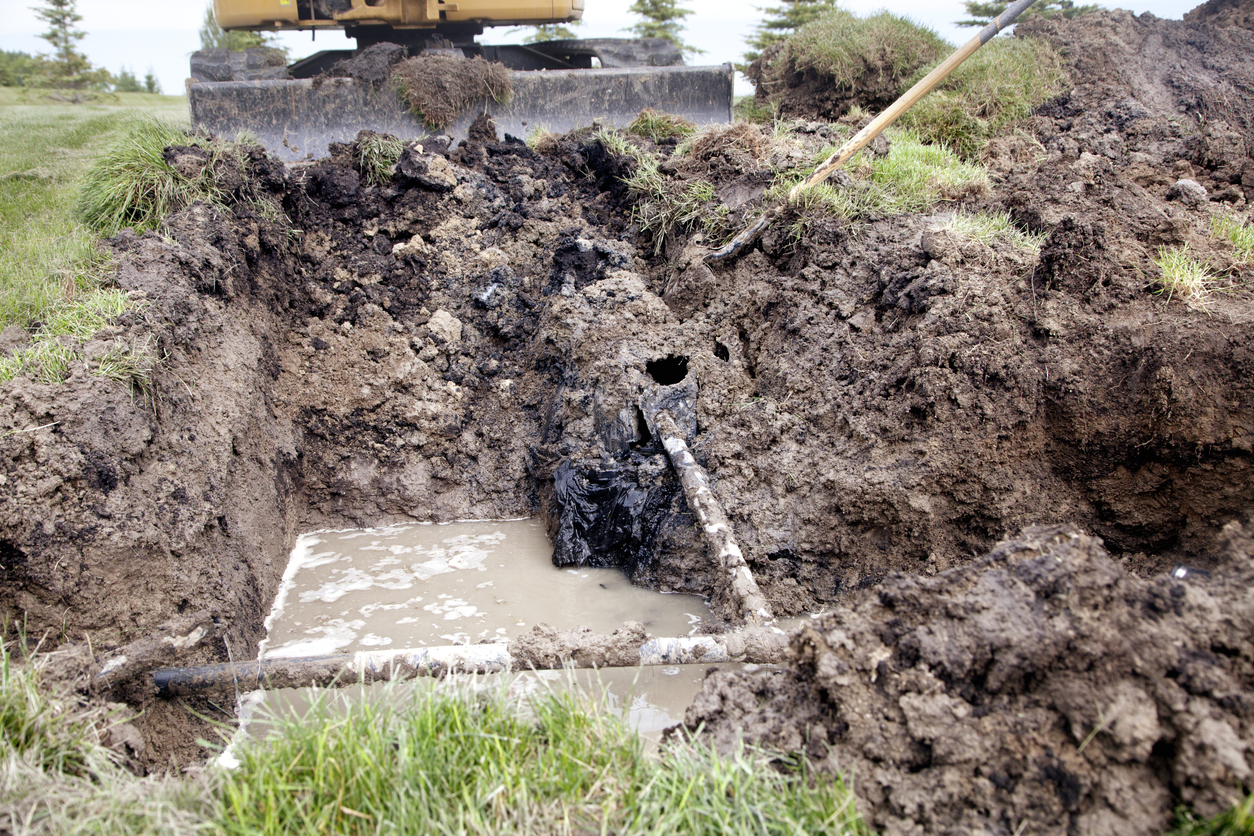

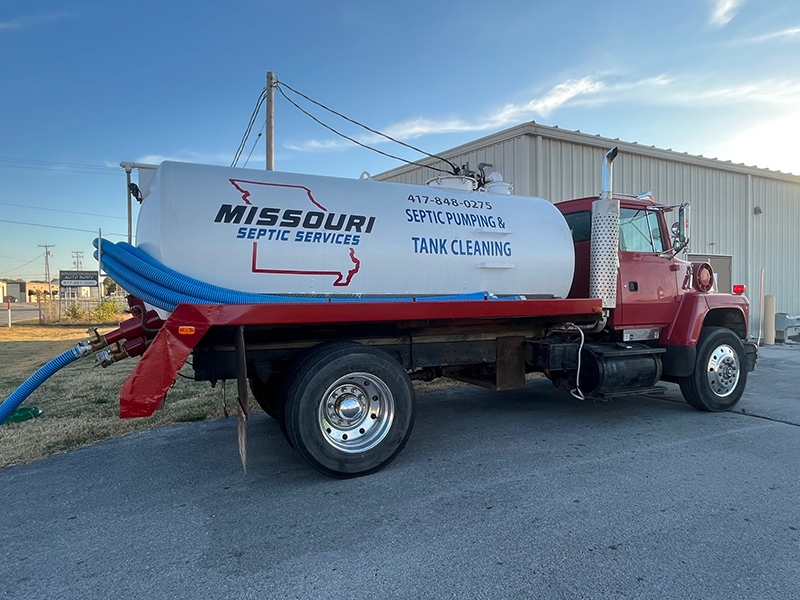

Preventative Measures to Avoid Septic Tank Damages
To secure your investment, take smart actions that avoid the potential for damaging your septic tank.
Inspect Your Septic System Regularly
Have your septic system inspected and pumped out by professionals every one to two years. Find reputable companies in your area to give you a comprehensive septic system inspection.
Fix Leaks and Conserve Water
Fix leaky faucets and toilets. They can leak hundreds of gallons of water through your system when left unchecked.
Don’t wash more than one or two loads of clothes daily. 53 gallons of water go into your septic tank with each load. So be careful.
Don’t Plant Trees Near Your Septic System
Tree roots can interfere with your drain field and drain pipes, knocking your septic system out of place and causing damage.
If you have trees nearby, examine the root growth and eliminate them if it becomes problematic.
Install an Additional Drain Field
Drain fields are trenches where wastewater flows through and gets filtered out. Adding more gives water more places to go, preventing overflow or excessive backflow.
Never Flush Toxins or Foreign Objects Down the Toilet
Whatever you flush will wind up in your tank. Avoid flushing objects that could impede the flow of wastewater through your system.
Find alternate ways of disposing of any items with high toxicity that can interfere with the natural bacteria in your tank:
- Cigarettes
- Coffee grounds
- Pet waste
- Medicines
- Large quantities of household chemicals
- Pesticides
- Oils
Key Takeaway: Properly maintaining your system is essential to avoid potential issues and ensure a healthy environment. We will now look into the hazards of inadequate upkeep in more detail.
Need Septic Tank Damages Repaired?
Have you spotted some signs that your septic tank is failing? Don’t wait until it gets worse; get preventative care as quickly as possible.
At Missouri Septic Services, our experts can give you inspection, maintenance, or repair services. Call us today at 417.848.0275.


Contact Missouri Septic Services, Your Southwest Missouri Septic Systems Experts
If you’re a homeowner with a septic system, having a reliable and trustworthy provider for all your septic needs is essential. That’s where Missouri Septic Services comes in. As a family-owned and operated business based in Springfield, MO, we pride ourselves on providing environmentally friendly sewage and non-hazardous wastewater disposal services and expert septic system repairs and installations. Our team of experienced septic system professionals is trained to handle any issue that may arise with your septic system, including drain field repairs. We understand the importance of keeping your septic system functioning correctly, not just for the health and safety of your family but also for the environment. That’s why we use eco-friendly methods to dispose of waste and ensure that our services always comply with local regulations.
Want to ensure your septic system runs smoothly while minimizing its environmental impact? Contact us today to find out how we can help!
Areas We Serve Include:
- Battlefield, MO
- Billings, MO
- Branson West, MO
- Branson, MO
- Clever, MO
- Crane, MO
- Fair Grove, MO
- Fordland, MO
- Fremont Hills, MO
- Galena, MO
- Highlandville, MO
- Hurley, MO
- Marshfield, MO
- Nixa, MO
- Ozark, MO
- Republic, MO
- Rogersville, MO
- Seymour, MO
- Sparta, MO
- Springfield, MO
- Strafford, MO

